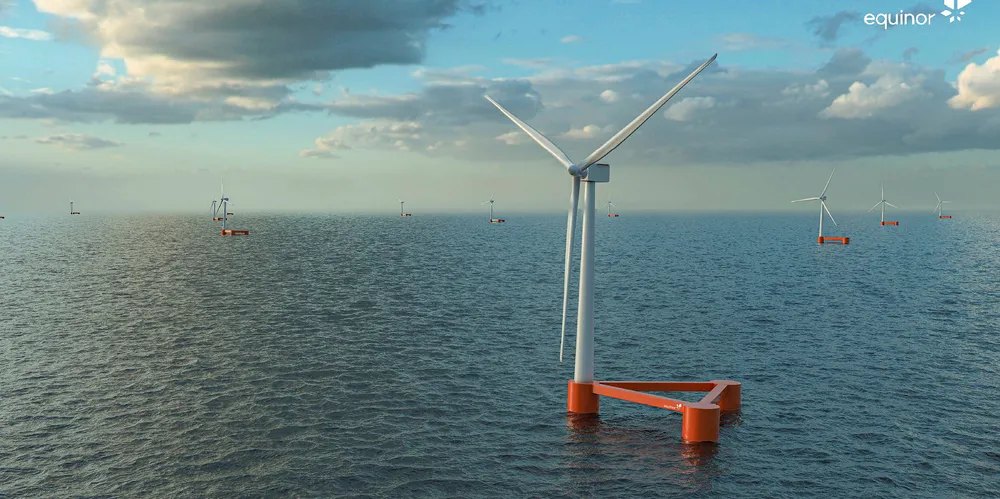Equinor lines up Technip Energies for South Korea Firefly floating wind giant design
French contractor will carry out engineering for platforms for 800MW project based on 'aligned' design of concept based on its INO15 concept and developer's Wind Semi
